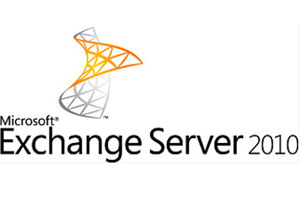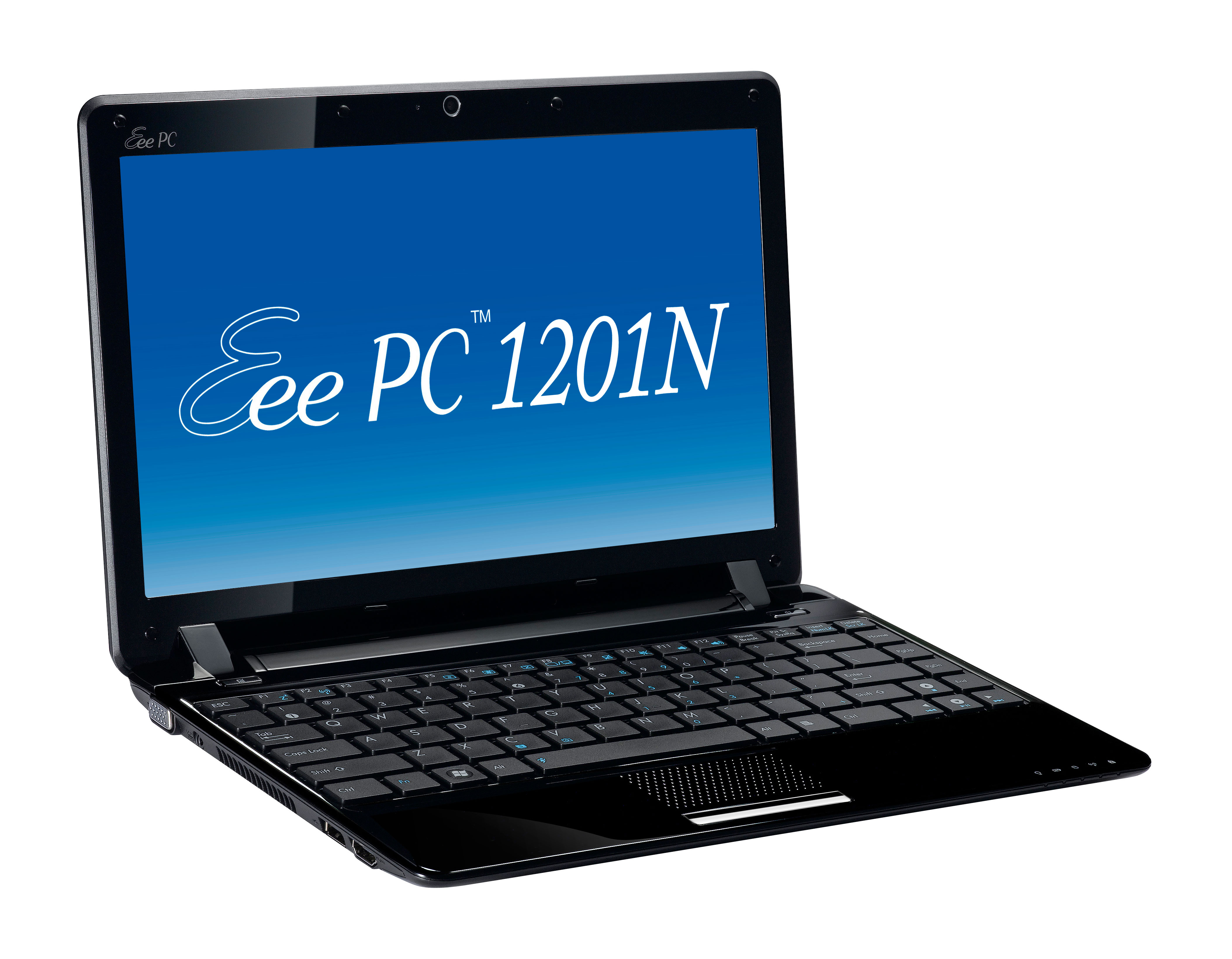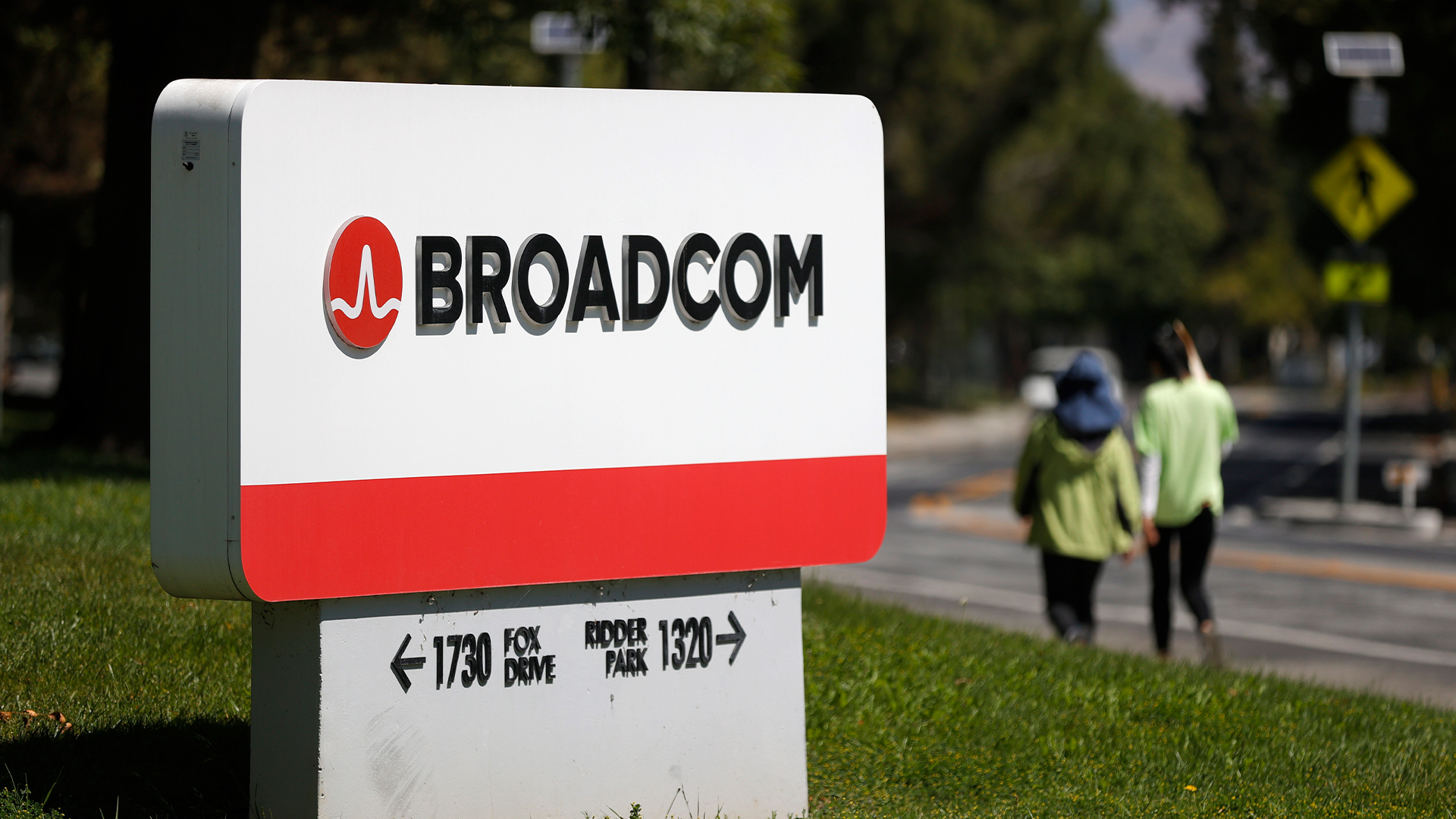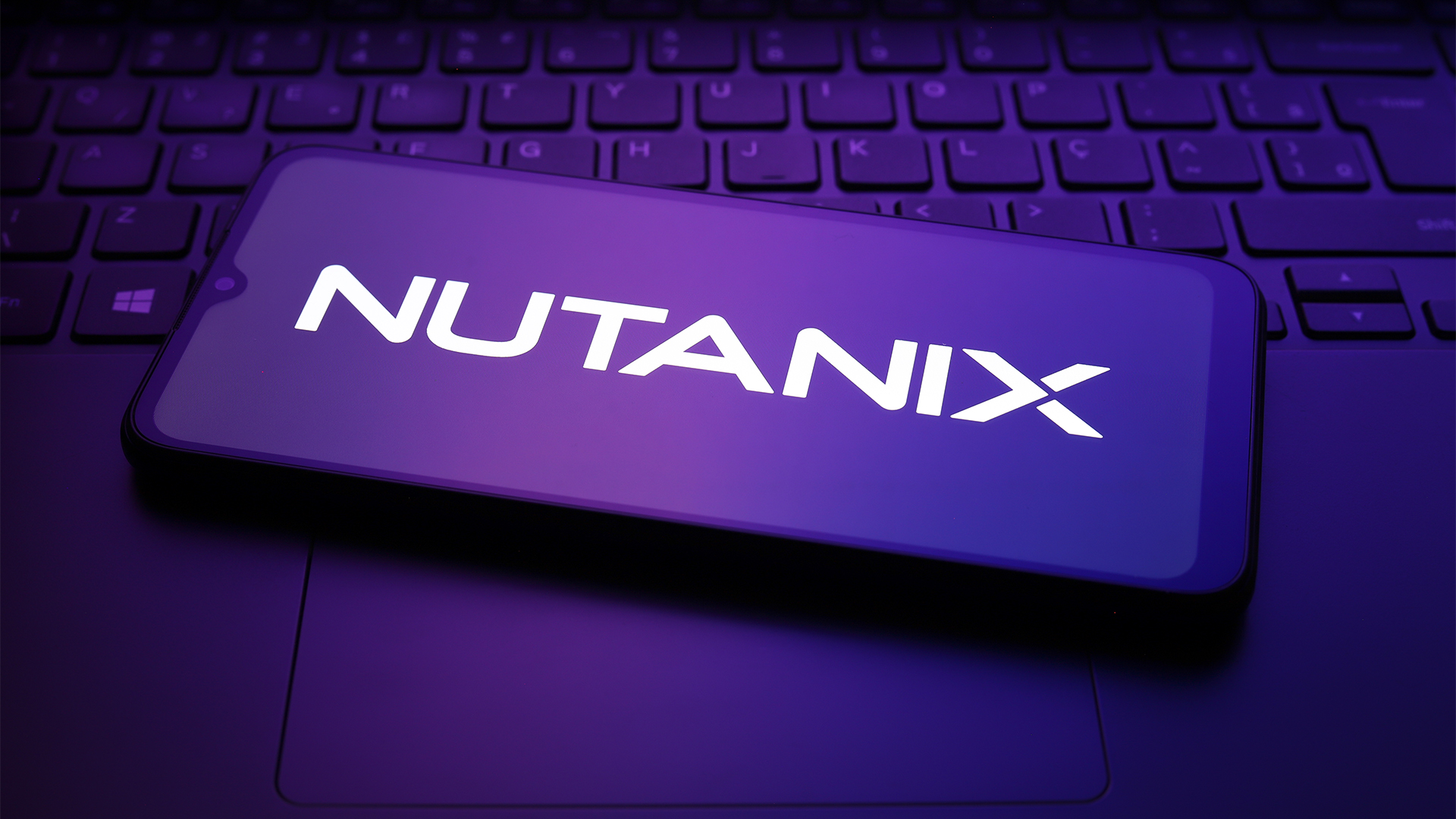Microsoft Exchange Server 2010 review
In this review, we look at the changes the latest version of Exchange brings to the table to see if it's worth upgrading.

Exchange 2010 is a relatively minor release for end users, but it delivers significant improvements in storage architecture and management that will please administrators. While Exchange 2010 is an excellent product, its complexity makes it best suited to large organisations or hosted services.
Pricing and licensing
On-premise Exchange follows the typical Microsoft model of server plus CALs (Client Access Licences). Although it is great value when bundled into Small Business Server (for which version 2010 is not yet available), the costs soon ramp up for larger organisations.
As Exchange 2010 requires Server 2008, so you need to purchase a server licence for both Windows and Exchange for every server instance, and at least two are recommended. Each user must have a Windows CAL and an Exchange CAL. In addition, the Outlook client must be purchased separately or as part of the Office suite. External users are licensed with a per-server External Connector.

Outlook Web Access now works as well in Firefox and Safari as in IE.
Microsoft offers Standard and Enterprise versions of both Exchange Server and its CALs, but these can be mixed and matched. The Enterprise Server is for scaling and resiliency, while Enterprise CALs enable additional features such as voicemail with Unified Messaging, custom retention policies, and information protection.
A further twist is that Information Rights Management comes with its own server and CAL requirements. The details are spelt out here, though for actual prices it is necessary to contact a Microsoft partner.
Verdict
Exchange 2010 is a relatively minor release for end users, but it delivers significant improvements in storage architecture and management that will please administrators. While Exchange 2010 is an excellent product, its complexity makes it best suited to large organisations or hosted services.
Sign up today and you will receive a free copy of our Future Focus 2025 report - the leading guidance on AI, cybersecurity and other IT challenges as per 700+ senior executives
Operating system: Windows Server 2008 SP2 or Server 2008 R2 Active Directory: Windows Server 2003 or higher Mailbox databases: Standard edition 1-5; Enterprise Edition 6-100 Database storage limit: 16TB
-
 CISPE claims European Commission gave Broadcom a ‘blank cheque to raise prices, lock-in, and squeeze customers’ with VMware deal
CISPE claims European Commission gave Broadcom a ‘blank cheque to raise prices, lock-in, and squeeze customers’ with VMware dealNews Cloud providers have issued a formal response to the General Court of the European Union after the Commission defended its approval of the deal
By Emma Woollacott Published
-
 Nutanix wants to help customers shore up cloud sovereignty
Nutanix wants to help customers shore up cloud sovereigntyNews New automation tools and infrastructure management capabilities look to tackle single-vendor dependency and shore up sovereignty requirements
By Ross Kelly Published
-
 The NCSC touts honeypots and ‘cyber deception’ tactics as the key to combating hackers — but they could ‘lead to a false sense of security’
The NCSC touts honeypots and ‘cyber deception’ tactics as the key to combating hackers — but they could ‘lead to a false sense of security’News Trials to test the real-world effectiveness of cyber deception solutions have produced positive results so far
By Emma Woollacott Published